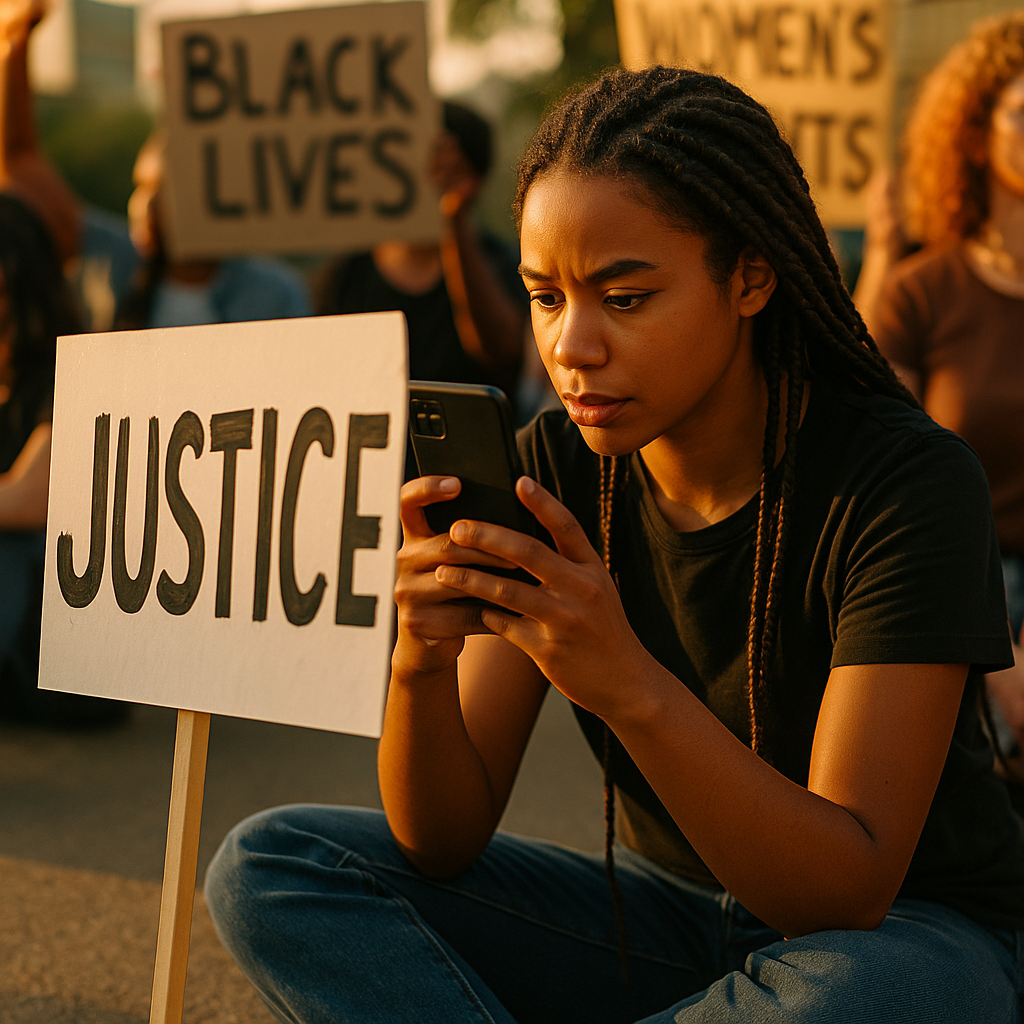Silent activism has emerged as a strategic approach in cause marketing, offering brands and organizations a way to create meaningful impact with creators—without falling into the trap of performative allyship. As audiences grow skeptical of inauthentic messaging, the challenge today is clear: how can brands partner with creators for real change, not just attention?
Partnering with Creators: The Key to Effective Cause Marketing
In 2025, creators play a pivotal role in the landscape of cause marketing. Brands recognize creators as powerful storytellers who connect authentically with their communities. By identifying creators committed to specific causes—be it environmental justice, mental health awareness, or inclusion—brands can ensure their campaigns resonate naturally and avoid tokenization.
Effective partnerships rely on thorough research and alignment. Rather than simply selecting popular influencers, brands should:
- Analyze a creator’s previous engagement with the cause.
- Evaluate audience demographics and values for compatibility.
- Collaborate with creators in campaign strategy, not just delivery.
This approach guarantees a genuine connection to the cause and encourages deeper involvement from both creators and their communities, fulfilling the dual goals of brand positioning and social contribution.
Avoiding Performative Activism: Building Authenticity with Creator Campaigns
The pitfalls of performative activism—empty gestures, “hashtag activism,” and opportunistic branding—can severely damage reputation. As discerning consumers expect transparency, brands must prove their commitment beyond surface-level actions. In surveys conducted in early 2025, 67% of consumers reported disengaging from brands they believe are “cause-washing.”
Authenticity is non-negotiable. Steps to avoid performative pitfalls include:
- Supporting causes all year—not only during seasonal awareness months.
- Providing tangible support, such as funding, in addition to raising awareness.
- Ensuring internal company policies reflect the cause endorsed publicly.
When creators are empowered to share their personal stories and advocate in their own voice, the result is organic, trust-building content that inspires action—without being prescriptive or opportunistic.
The Power of Silent Activism: Prioritizing Impact Over Visibility
Silent activism emphasizes meaningful change achieved behind the scenes, instead of prioritizing external recognition. For instance, instead of big press releases or viral hashtags, a brand may quietly fund scholarships, enable creator-driven workshops, or address systemic barriers relevant to the cause.
According to industry analysis, silent activism campaigns often see higher lasting engagement, as audiences appreciate humility and purpose. Key elements include:
- Co-creation: Involving creators at every stage, allowing them to lead initiatives authentically.
- Measurable outcomes: Tracking and communicating real-world results, not just metrics like impressions or likes.
- Muted branding: Placing the cause and creator voices at the center, with brand involvement in the background.
This not only strengthens cause credibility but also builds brand equity rooted in integrity.
Measuring Success: Metrics That Matter in Cause Marketing
The traditional yardsticks of campaign success—social media reach, shares, and brand mentions—fail to capture the real impact of cause-led initiatives. In 2025, leading organizations are shifting toward impact metrics to measure outcomes such as:
- Funds raised or redistributed to the cause
- Number of beneficiaries directly impacted
- Policy changes or organizational reforms inspired by campaigns
- Audience education and attitudinal shifts, tracked via surveys
By focusing on outcomes that mirror the goals of silent activism, brands and creators can make a lasting difference. Detailed impact reports—shared with stakeholders and communities—offer transparency, fostering ongoing trust and participation.
Trustworthiness and Ethics: The Foundation of Responsible Brand-Creator Partnerships
As scrutiny intensifies in the digital age, ethical considerations are critical for all stakeholders. Every silent activism partnership must be rooted in:
- Clear and honest communication between brand and creator
- Full disclosure of sponsored content while permitting creative independence
- Mutual due diligence to assess the reputation and history of each party
- Willingness to accept and learn from public feedback
Brands that work hand-in-hand with creators to craft contracts and content guidelines ensure all parties are aligned. This protects the integrity of the campaign, the cause, and the relationship between creators, brands, and the public.
Best Practices: Designing Non-Performative Cause Marketing Strategies in 2025
With increasing competition for audience attention, standing out through genuine impact is essential. Consider these best practices when launching your next cause marketing campaign with creators:
- Choose creators who personally advocate for the cause.
- Invite creators to contribute to project design, not just execution.
- Invest in education or resources that drive long-term change.
- Celebrate wins with communities rather than self-congratulatory press releases.
- Continuously assess and iterate based on real-world impacts and feedback.
By applying these principles, brands can help set the standard for responsible, transparent, and non-performative collaborations that will shape cause marketing in 2025 and beyond.
FAQs About Silent Activism and Cause Marketing with Creators
-
What is silent activism in the context of cause marketing?
Silent activism refers to supporting social causes in a low-profile, authentic way. Brands partner with creators to effect positive change without seeking external praise or indulging in performative behavior.
-
How can brands avoid being performative when working with creators?
Brands should focus on genuine relationships, choose creators who are true advocates, take actions year-round, and provide tangible support for the cause beyond online promotion.
-
What metrics show a cause marketing campaign is successful?
Key metrics include funds raised, people impacted, policy changes, and improvements measured by feedback or surveys, rather than just social media metrics.
-
Why is creator participation valuable in cause campaigns?
Creators have established trust with their communities. Their authentic advocacy drives higher engagement, amplifies the message, and ensures the campaign resonates on a deeper level.
-
How do brands maintain authenticity and transparency?
Brands should practice open communication, provide clear disclosure of sponsored content, focus on measurable impact, and align internal policies with public messaging.
Partnering with creators for cause marketing in 2025 demands sincerity, humility, and lasting impact. By embracing silent activism, brands and organizations can build trust, empower communities, and enact real change—avoiding the hollow trap of performative gestures. Focus always on authentic partnership, measurable outcomes, and ethical responsibility to lead with purpose and integrity.
